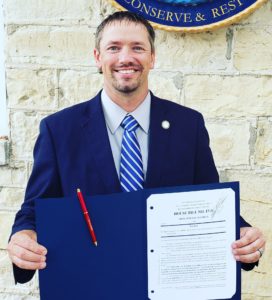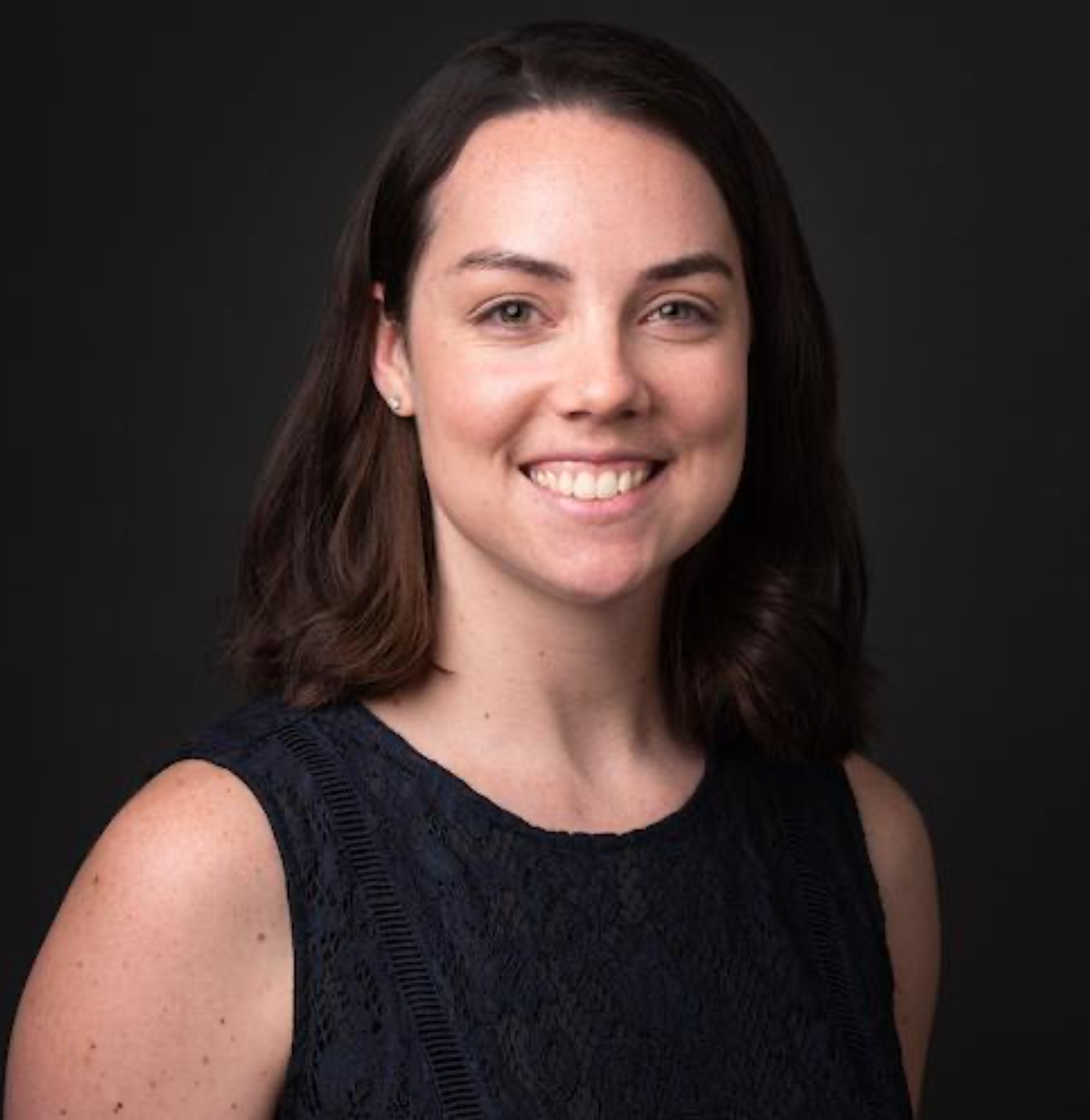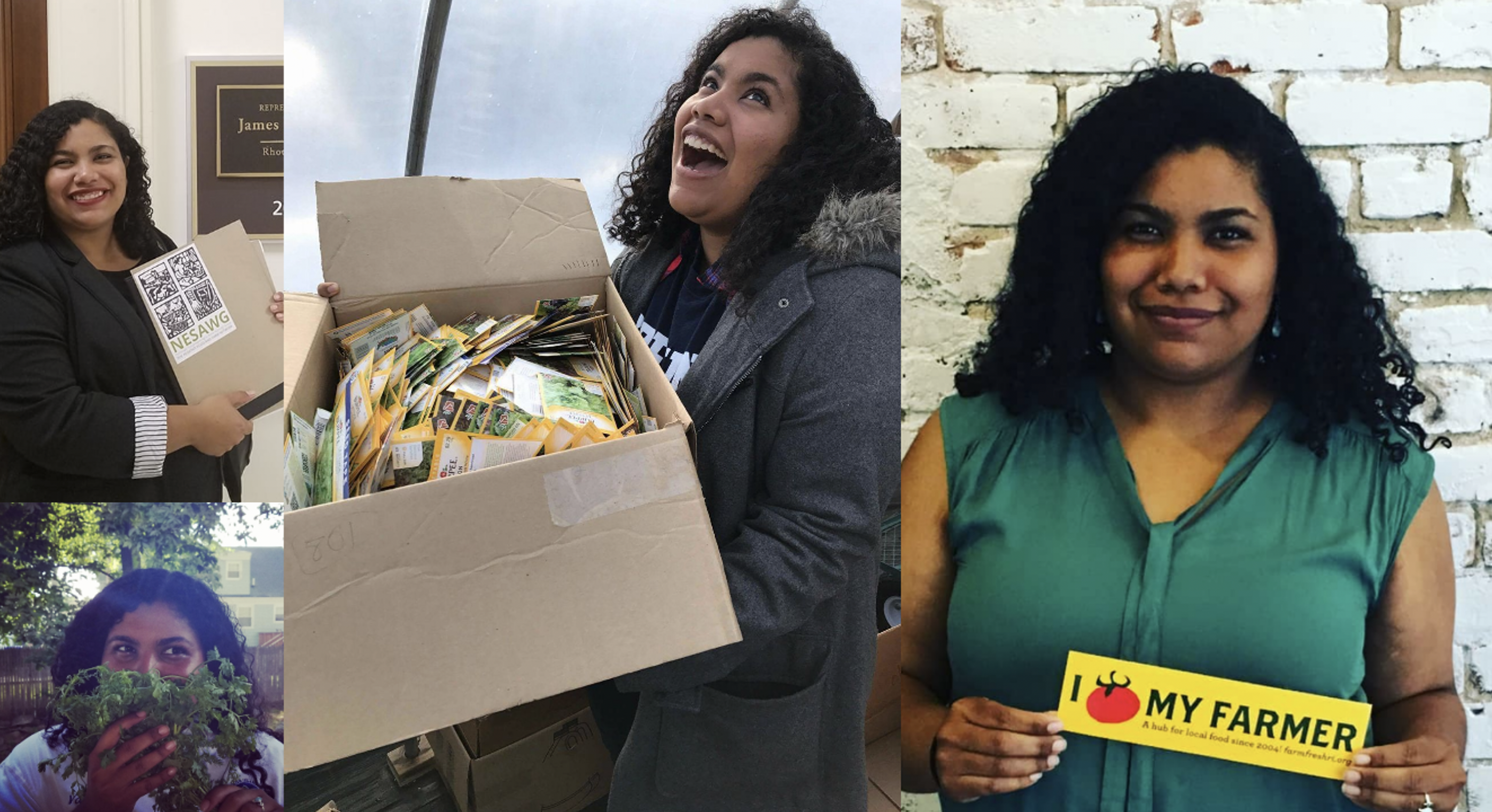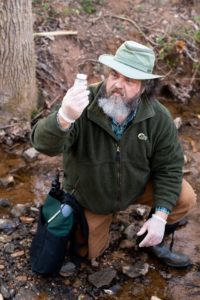Amy J. Wilson’s career in technology, social entrepreneurship, and innovation spans the public and private sectors. She is an Aspen Tech Policy Hub Fellow, where she worked on a public engagement platform for the city of Oakland, California. She was a Presidential Innovation Fellow from 2015-2018 and while there founded a shared language for innovation in government and the Better Government Movement. She is the author of the soon-to-be released book, “Empathy for Change: How to Create a More Understanding World.” ESAL interviewed Wilson to learn more about how city governments can use technology and human-centered design to better respond to their residents’ needs and priorities.
AG: What are some of the challenges city governments face, particularly with respect to being responsive to their residents’ needs and priorities?
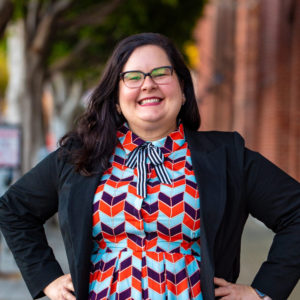
Amy Wilson
Wilson: City governments lack resources. Staff are well-intentioned, but they just don't have enough people or the budget to accomplish big goals. What I’ve also found is that [government staff] might not know how best to lead in the 21st century. They might not know how to be agile and pivot really quickly, or know how to experiment or collaborate toward an approach that works for their residents. Their mindsets are often fixed when thinking about new ways of approaching a problem and not looking at the possibilities of what could be.
There's a trifecta of methodologies (Human Centered Design, Lean Startup, and Agile) that most local governments need.
AG: These three methodologies are often associated with technologists who want to improve the experience users have with the tools and applications they develop. Are there things that are specific to how you apply these methods in a government setting?
Wilson: These programs are easily used in training, in procurement and acquisitions, and in grant making. Here is a tangible example of something that I did in the federal government that can be extrapolated to local government. In the Better Government Movement we implemented a series of Design Challenges.
We led 40 public servants through a blended learning program to learn these methods while applying them to government-wide problems. It was taught by leading practitioners inside and outside government. We used universal challenges like shifting the focus on customer experience in government: How do you make sure that the public is first and foremost in your decision-making? We explored specific projects while also the internal cultural shift necessary to create a larger movement toward a focus on products, programs and services that work for all people.
AG: Can you make these ideas more concrete for our readers by talking about the project that you did in Oakland as part of your Aspen Tech Hub Policy Fellowship?
Wilson: When I applied to the program, I was inspired by Antoinette Carroll who runs the Creative Reaction Lab in St. Louis, Missouri. She believes that systems of oppression are designed, and you can redesign them to give power to people with lived experience. She devised the Equity-Centered Community Design process to do that. I wanted to create sustainable steps towards more equitable policy, which is where I believe is where deep systemic impact and social change happens.
My chosen project was steeped in empathy: giving a voice to people who are usually underrepresented in the policymaking process. They often don't have the time, resources, or money to come into City Hall and participate in our main democratic processes. Many can't take time off of work, because they may be working two or three jobs. And it can just be intimidating to come to City Hall and go in front of the City Council and state your case. Working with my colleague Mariah Lichtenstern, a native Oaklander with deep empathy and understanding of Oakland, we homed in on East Oakland.
We asked: "How might we use emerging technology to collect information about how [residents] really feel about policies like homelessness and the housing crisis in the Bay Area? Can we capture their stories in a way that can be turned into policies that matter? The project was called People Powered Policy. Our approach was two-pronged: to showcase the needs and desires of the community while shifting the Oakland government's mindset and become empathetic toward these [community] organizations and people.
AG: How did you come up with this idea?
Wilson: We talked to about 50 people from all different sides of the equation: the councilmembers, organizations in East Oakland, residents of Oakland, and government employees who were to implement the approaches we were creating. We wanted to understand how things were working now, but also look at other possibilities to engage and understand how the City of Oakland treats these different groups of residents further.
We even attended a Civic Dinner, where about 10 community members come together over dinner, and they have a facilitated discussion about a topic important in their neighborhoods. We drove into the hills of Oakland and had dinner with native Oaklanders to understand the tension between the flatlands of Oakland, which is where East Oakland is, and the hills. It helped us understand how the City of Oakland prioritizes certain communities over others.
AG: Going back to the platform, can you tell us how cities get the resources to implement something like this?
Wilson: Our Demo Day for this project was the beginning of August [2020]. Right now, you can access our research at People Powered Policy on the Aspen Tech Policy Hub website. There we have our full set of policy briefs, some ways the city can improve their digital and virtual engagement, and a backgrounder on how to create equity-centered two-way communication with all residents, wherever they may be. We have a mock up and an operational plan for how the project may be realized. We created these resources in such a way that could be implemented in any government setting.
All of this work was done prior to the pandemic, and priorities within the governments have shifted dramatically, while also showing the lack of virtual engagement localities actually have with their residents.
Our [Aspen Tech Policy Hub] mentor told us that there's going to be an $80 million shortfall, maybe more, in the local government because of coronavirus, the fires, and a lot of things happening in the area. So we had to figure out how to do this for as little money as possible.
We devised a strategy around a low- or no-cost request for proposals that would leverage the great talent local to Oakland. I developed a relationship with Code for America’s Oakland Brigade, which is called Open Oakland. They are civic technologists who volunteer to build projects for civic institutions. They are an incredible resource in localities everywhere in the US.
AG: Following up on that idea of technologists volunteering with and working for their local government, it occurs to me that a lot of these methodologies you're talking about, even in the private tech sector, are very new. These skills are in high demand. How do you get the tech talent to care about these civic projects?
Wilson: I think our next frontier is to get more people to care about civic issues rather than capitalistic ventures to create more generative work. That's what I understand is the purpose behind the Tech Policy Fellowship--to reimagine how we can regulate and use technology to improve our world, and not ruin it. For many reasons, Silicon Valley and government don't talk to each other and don't speak the same language. We need more people translating between the two languages and raising awareness. National change starts locally, so start there.
While I was in San Francisco I was selected for a first-of-its-kind Stanford class for tech professionals called: Ethics, Public Policy, and Technological Change. It was full of technologists from Google, Facebook, the Kapor Center, and other different organizations. We were grappling with ethics and empathy and how to deal with the major social and climactic issues happening in the world. The theory of change for this class--and for the Fellowship is, if I'm in government, I need to understand tech. But if I'm working in tech, I need to understand how my government works, and how decisions in policy affect us.
AG: That’s an interesting perspective. Often, when people talk about tech and government, the focus is on the need for government to level up and stop using arcane technology. But you’re talking about technologists needing to think more about their civic role.
Wilson: One of my favorite phrases, which come from people who work at the design firm IDEO, is, “Culture change happens because of the movement and not a mandate.” Having led cultures of innovation and change for more than a decade, I viscerally see that. But, it’s also the case that most change efforts fail, because people don’t feel a deep connection to it. Change needs to be participatory. It requires a movement of people to see themselves in that change. And, technology is shoving us in the direction of a new kind of participatory, peer-driven power. And right now we're ripe for deep systemic changes and disruption. That's going to take a deeper understanding of ourselves and our place in the world.
AG: The concepts of change and empathy keep popping up. You have a book coming out soon called "Empathy for Change". Can you please tell us more about it?
Wilson: In 2006, then Senator Barack Obama gave the commencement address at Northwestern University, where he outlined an "empathy deficit" that is happening in the world. Interestingly enough, that same year I left my job to join AmeriCorps to rebuild the Gulf Coast after Hurricane Katrina. I could see the effects of our empathy deficit, which has gotten more pronounced with time.
Back in 2018 I took time off from my career to take a sabbatical and really think deep and hard about this deficit and what it means for the future of our world. The culmination of this work is Empathy for Change, and I truly believe that if we cared more for each other as humans--to have humility, empathy and equity--that we can persevere.
At the beginning of the book I break down empathy into the sum of its parts. If you look at the cover of my book, I have a head, a heart, and a hand in primary colors. It shows the three parts of empathy and how fundamental it is to our existence. The first one is called cognitive empathy, which focuses on understanding somebody’s perspective. The heart is about the emotional connection you have with somebody. The hand is the action--to be there to help each other if needed. That's called Compassionate Empathy. I think we need to get to that third part where we're taking action, which I define as the definition of positive change and innovation today.
On the other hand, we need to have more participatory cultures and systems that distribute power to many and that believe power is unlimited. I've translated that into how you recreate an empathetic culture from the bottom up in a purposeful way, focusing on those three topics which put empathy into action.
AG: When it comes to taking action, do you have any advice on how to get started? I often hear from technologists who want to do something, but they don’t know what they can contribute.
Wilson: I remember one of the first dinners that we had in the Aspen program, the San Jose City Manager told us, “As tech policy experts everybody wants to talk to you in the Bay Area and everywhere. You have a magic wand. Don't be afraid to use it, because you have magic.” That really stuck with me. After that dinner, I often think of my magic wand and am making it my duty to help others recognize their power within--to find their magic wand. Go into your organizations and just start doing things. Even little things can start a movement.
AG: Do you have any specific ideas for little things people can do?
Wilson: A lot of people think that it's the federal government that sets the policies that affects our day-to- day lives. But, at the end of the day, the policies that are set at the local level are the things that are going to change your life.
Local elected officials are there to listen to us. For the most part they want to hear what you have to say. When I talked to some of the council members [in Oakland], they were very open. Even to the idea of wanting to apply artificial intelligence to understand public data. Talking to local officials is a great pathway to getting started. I recommend understanding what matters to you first and then trying to find the people who are doing that in government. They're probably overworked and under-resourced. And they would love to have a conversation with somebody who is willing to collaborate and help create approaches to solve the problems of the community.
AG: That's great advice. And I know it can seem scary and at the same time overly simple... so I think it's really important to share that perspective with readers. Is there anything else you recommend?
Wilson: I would add that it's simple but a necessary action that we must make today. At the beginning of my book, I share this quote from Woodrow Wilson: “You're not here merely to make a living. You are here to make the world live more amply with a finer spirit of hope and achievement. And you impoverish yourself if you forget this errand.” This quote is deeply important to me. It was the inspiration for me to leave the comforts of my life to join AmeriCorps in 2006, and it led me to work in the White House as an entrepreneur-in-residence.
And, as I was [writing my book], I learned that Woodrow Wilson was very racist even for his time. At the same time, this quote also really affected me and led me to do these great things. So I have to hold both of these things to be true. And I think recognizing that ambiguity is important, and recognizing that with each new year and decade we're improving the world because of those noble souls who are shifting the status quo. I don't agree with what his world was like back then and his views, yet the sentiment underneath it is important. I feel like we have a responsibility as citizens in the world to make the world “live more simply with a finer spirit of hope and achievement.” To leave the world a bit better for us being here, and it starts where you live.
